News: ecology
Urban rewilding paper wins Bradshaw Medal
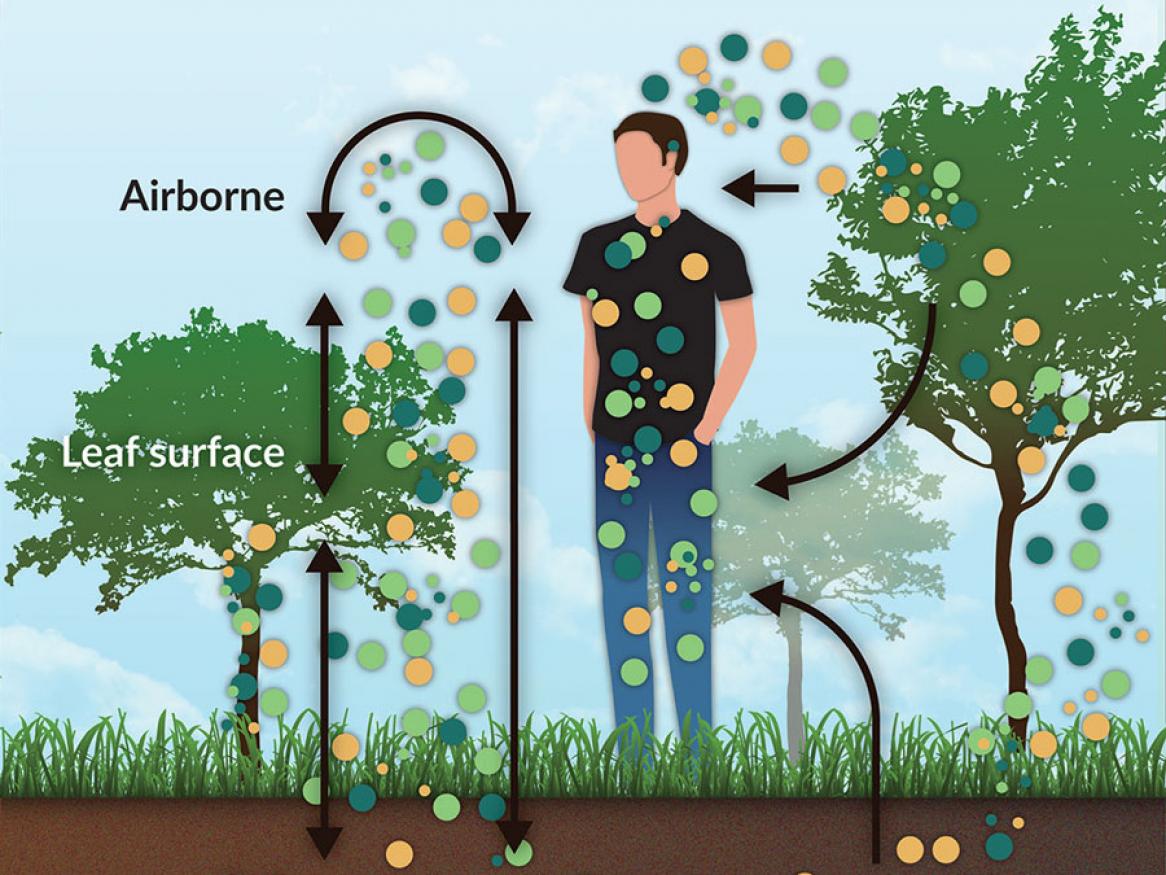
A research paper that recommends increasing urban green spaces to prevent human disease, has won a significant award in its field.
Tackling the causes of the Amazon forest fires
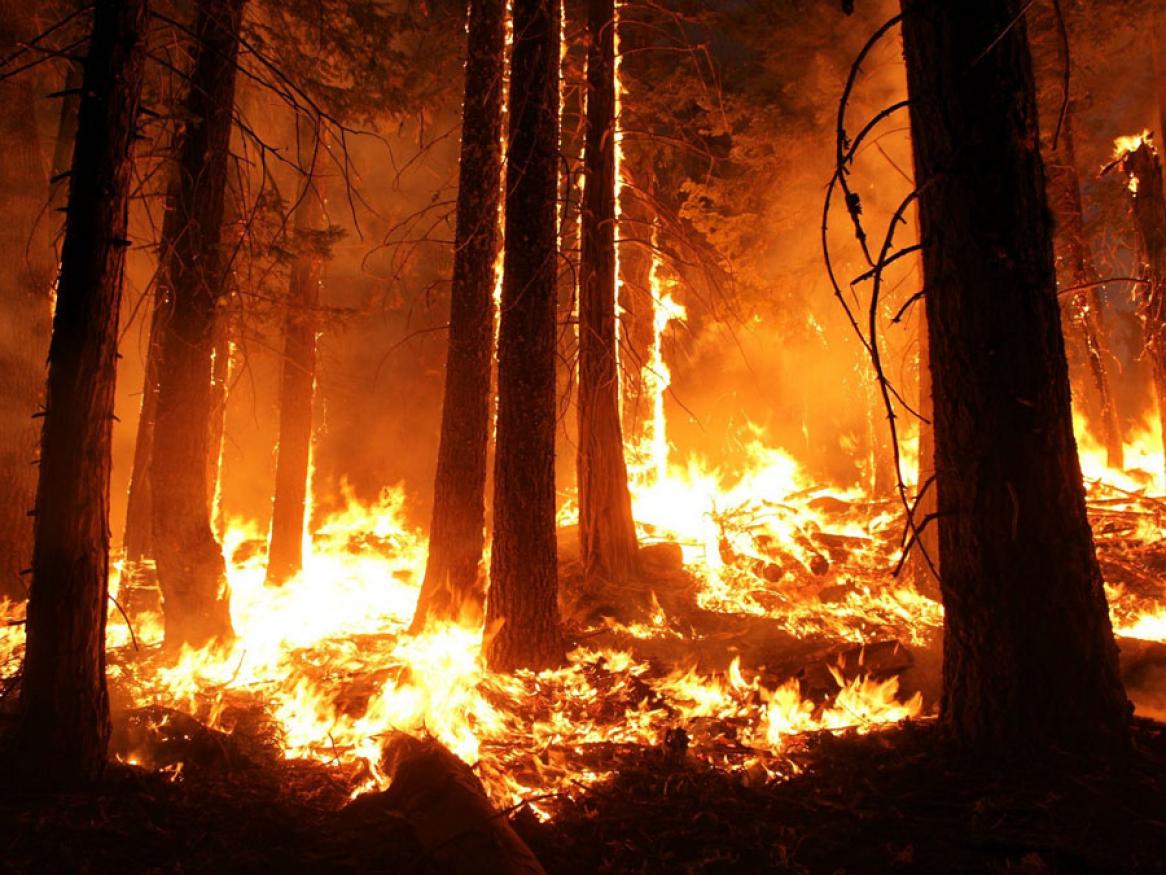
If we are so concerned for the rainforest why don’t we do more globally to help protect it?
[Read more about Tackling the causes of the Amazon forest fires]
Spaghetti and mud pies scoop 3-Minute Thesis final
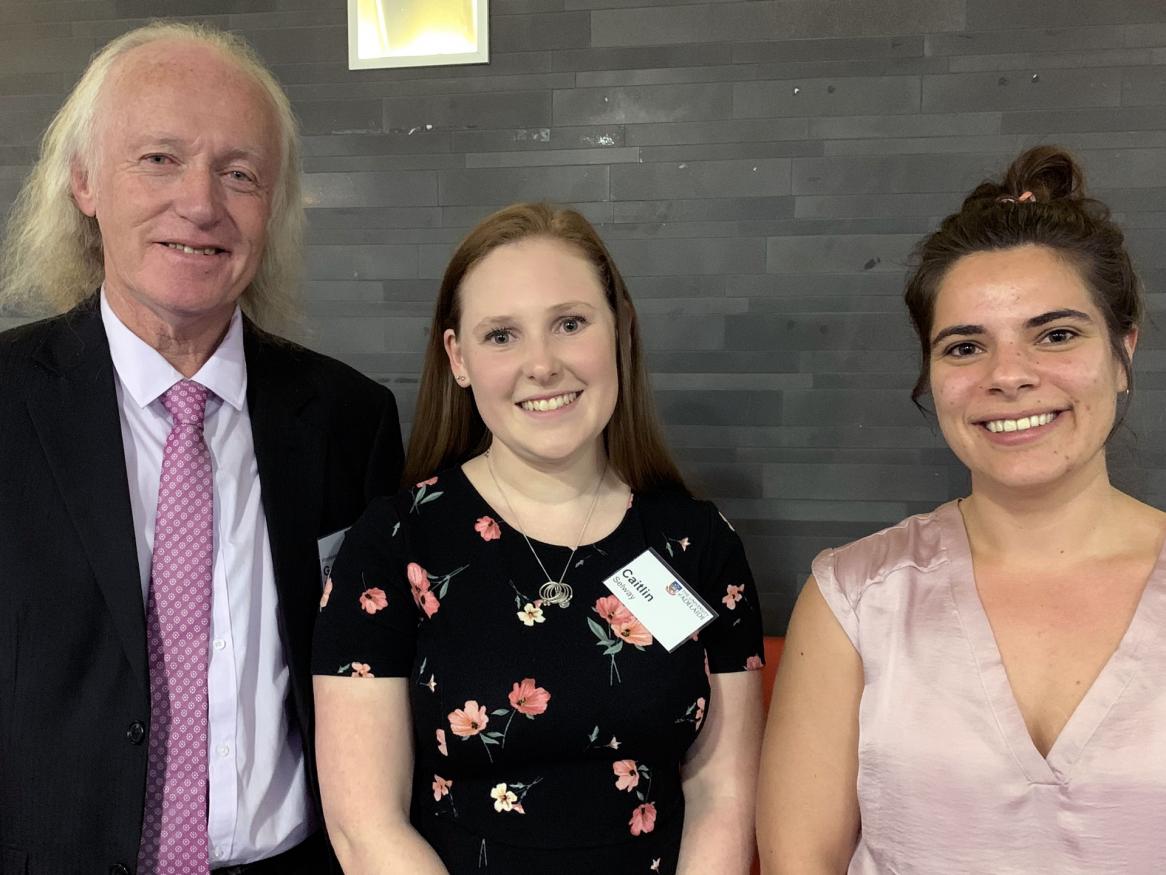
The depth and diversity of research student projects in the Faculty of Sciences was once again on display at this week's final of the Three Minute Thesis (3MT) Competition.
[Read more about Spaghetti and mud pies scoop 3-Minute Thesis final]
Why is the colour blue so rare in nature?
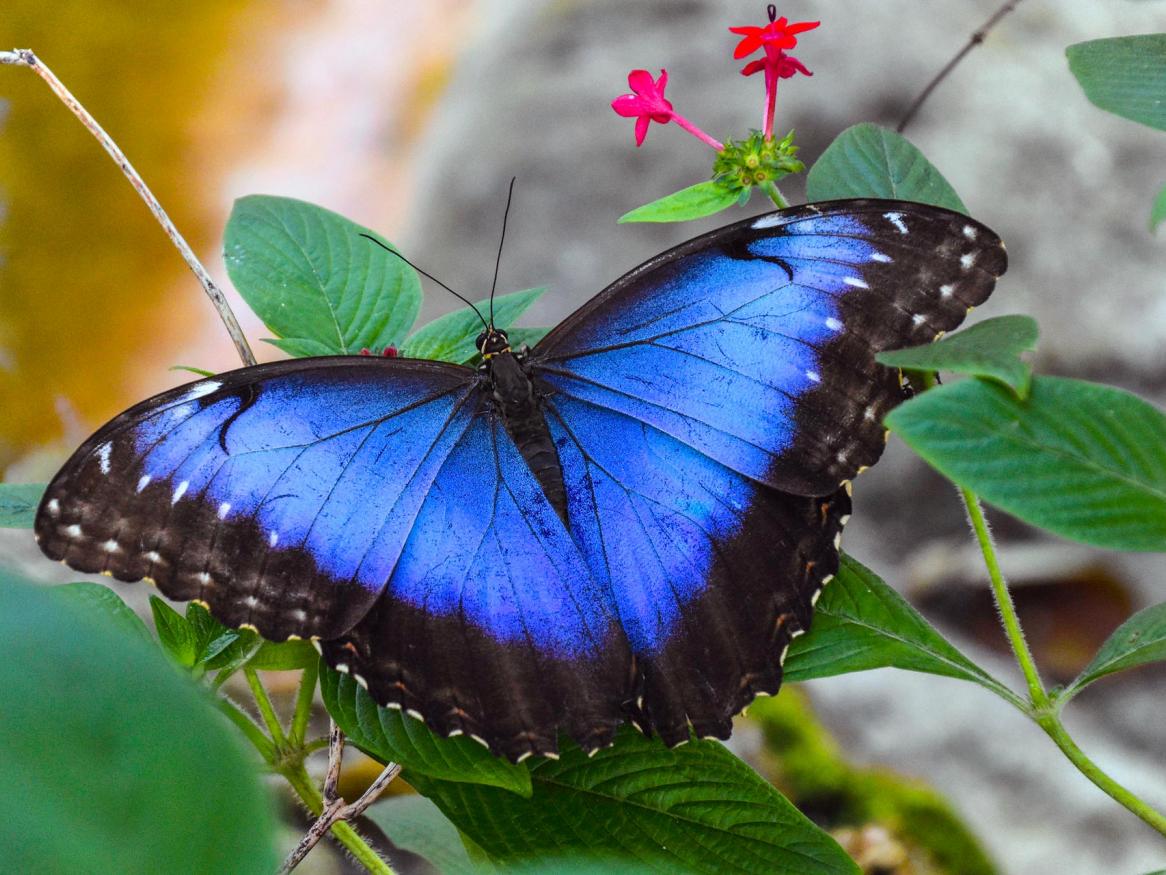
Blue is a very prominent colour on earth. But when it comes to nature, blue is very rare. Less than 1 in 10 plants have blue flowers and far fewer animals are blue.
Not all weeds are bad - Some may actually be good for Australian grasslands
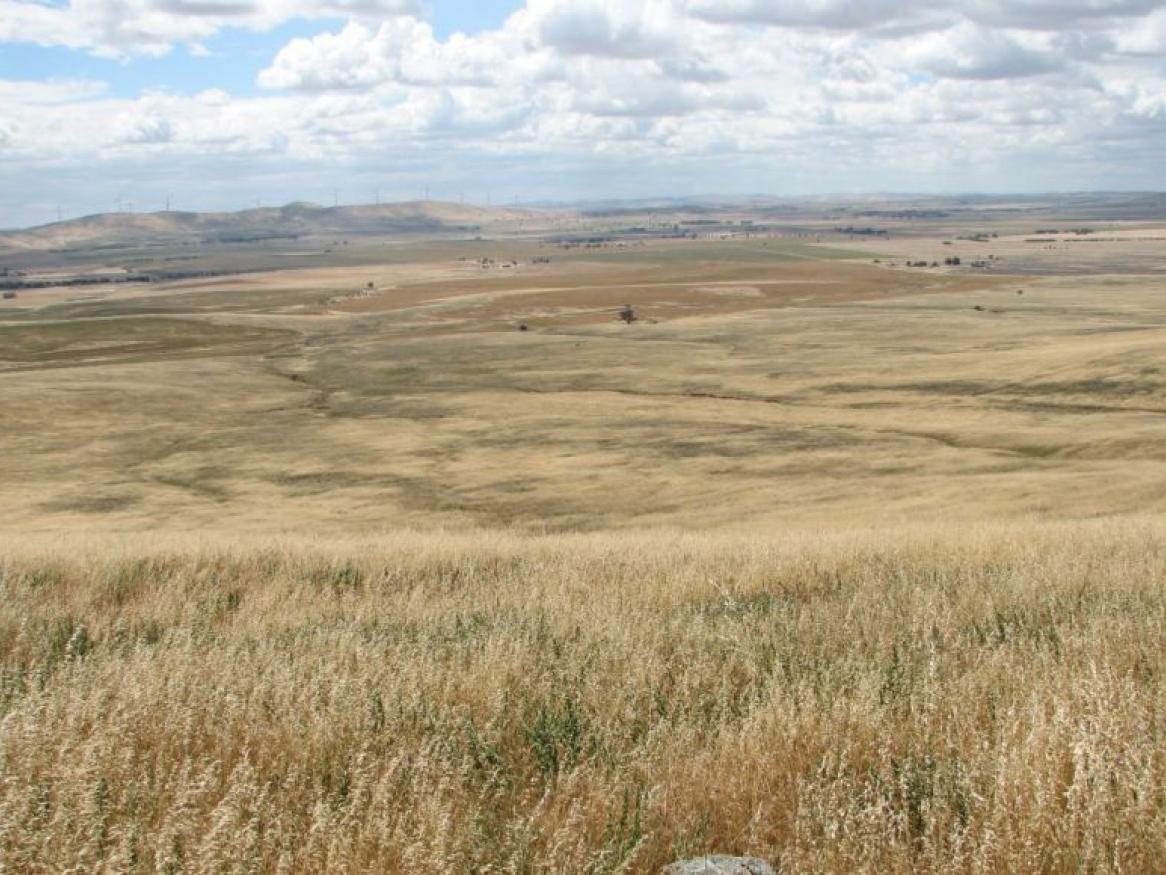
Recent case studies have revealed an overall positive relationships between the diversity of native species and presence of weedy species, notably in Mediterranean Biome grasslands.
[Read more about Not all weeds are bad - Some may actually be good for Australian grasslands]
$35.6 million boost for sciences' research infrastructure
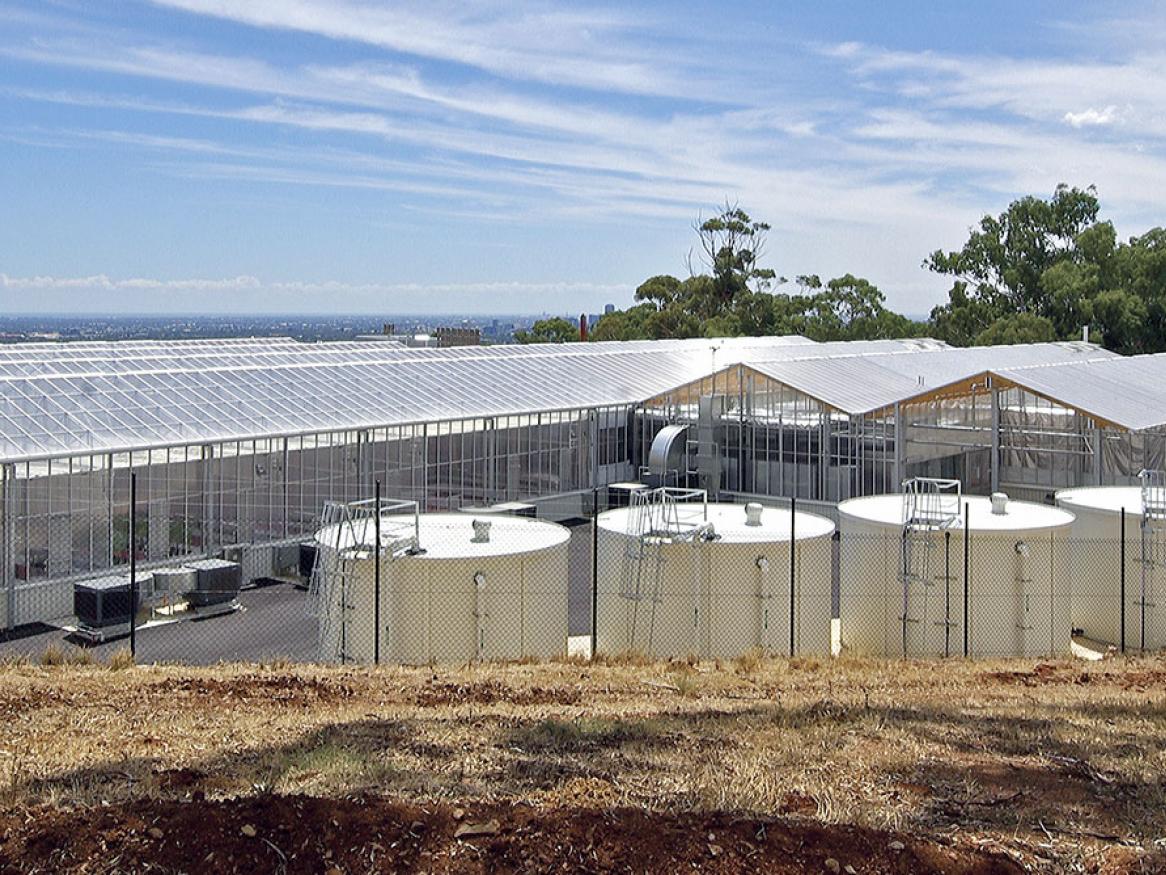
Research for a range of industrial sectors including scientific, advanced manufacturing, defence, resources, biomedical and agriculture has received a major boost.
[Read more about $35.6 million boost for sciences' research infrastructure]
Disease-free locals 'koalafy' as population protectors
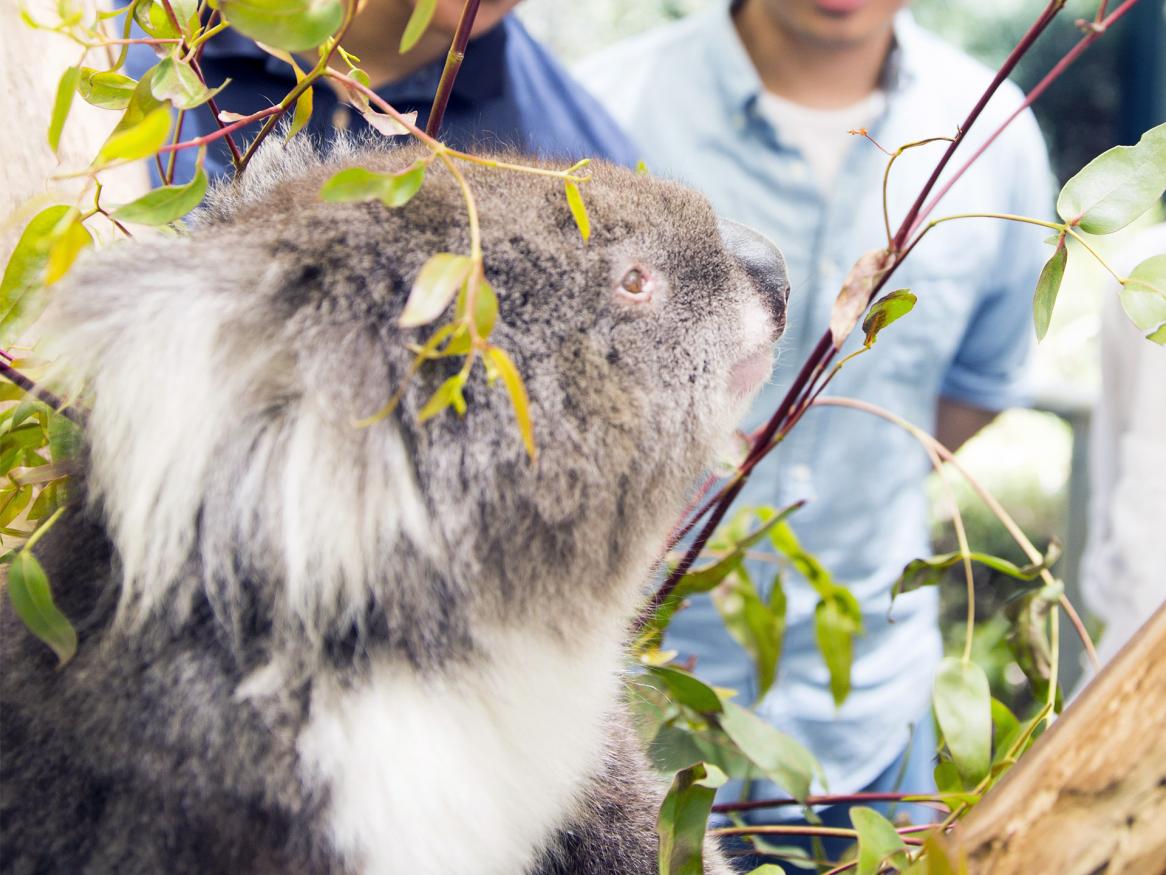
Chlamydia-free koalas from Kangaroo Island may be needed to help save declining populations in other parts of Australia.
[Read more about Disease-free locals 'koalafy' as population protectors]
No yee-haw: What endangered creature are your cowboy boots made from?

Researchers investigating the world’s exotic wildlife trade have made a startling discovery...
[Read more about No yee-haw: What endangered creature are your cowboy boots made from?]
A shore future for our coastal vegetation
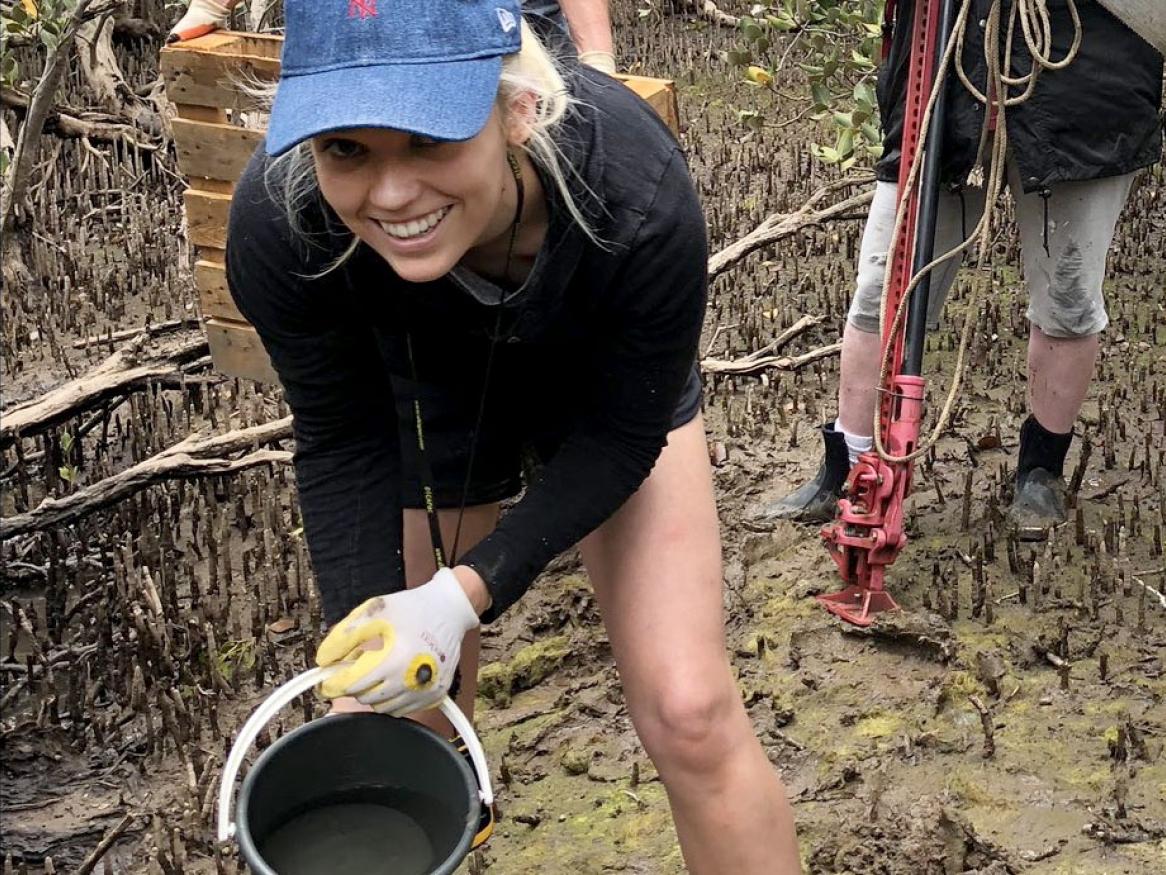
Researchers are using new ways to gain genetic information from ocean sediment to determine the past and future survival of our coastal vegetation.
When pets become pests: the exotic pet trade producing invasive species
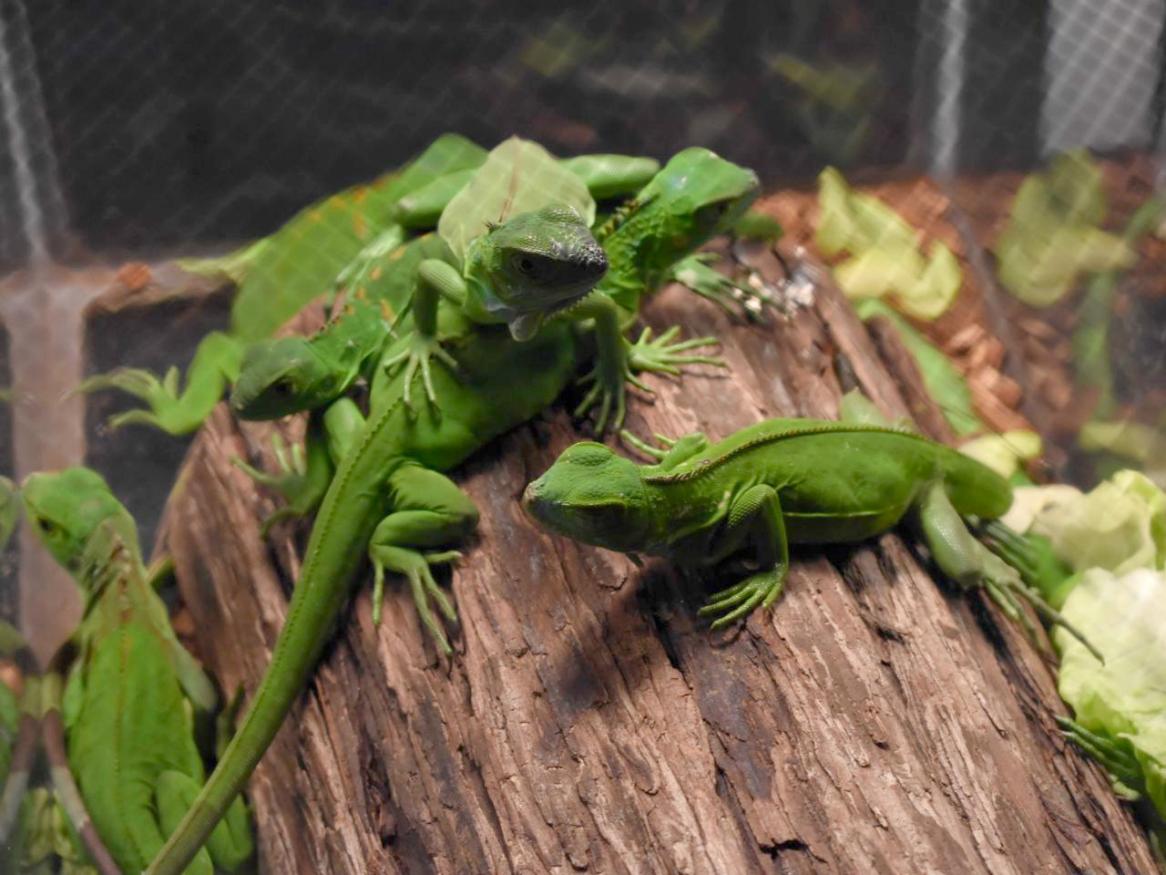
Scientists are learning more about what drives the exotic pet trade to help reduce the threat of new invasive animal and bird species.
[Read more about When pets become pests: the exotic pet trade producing invasive species]
